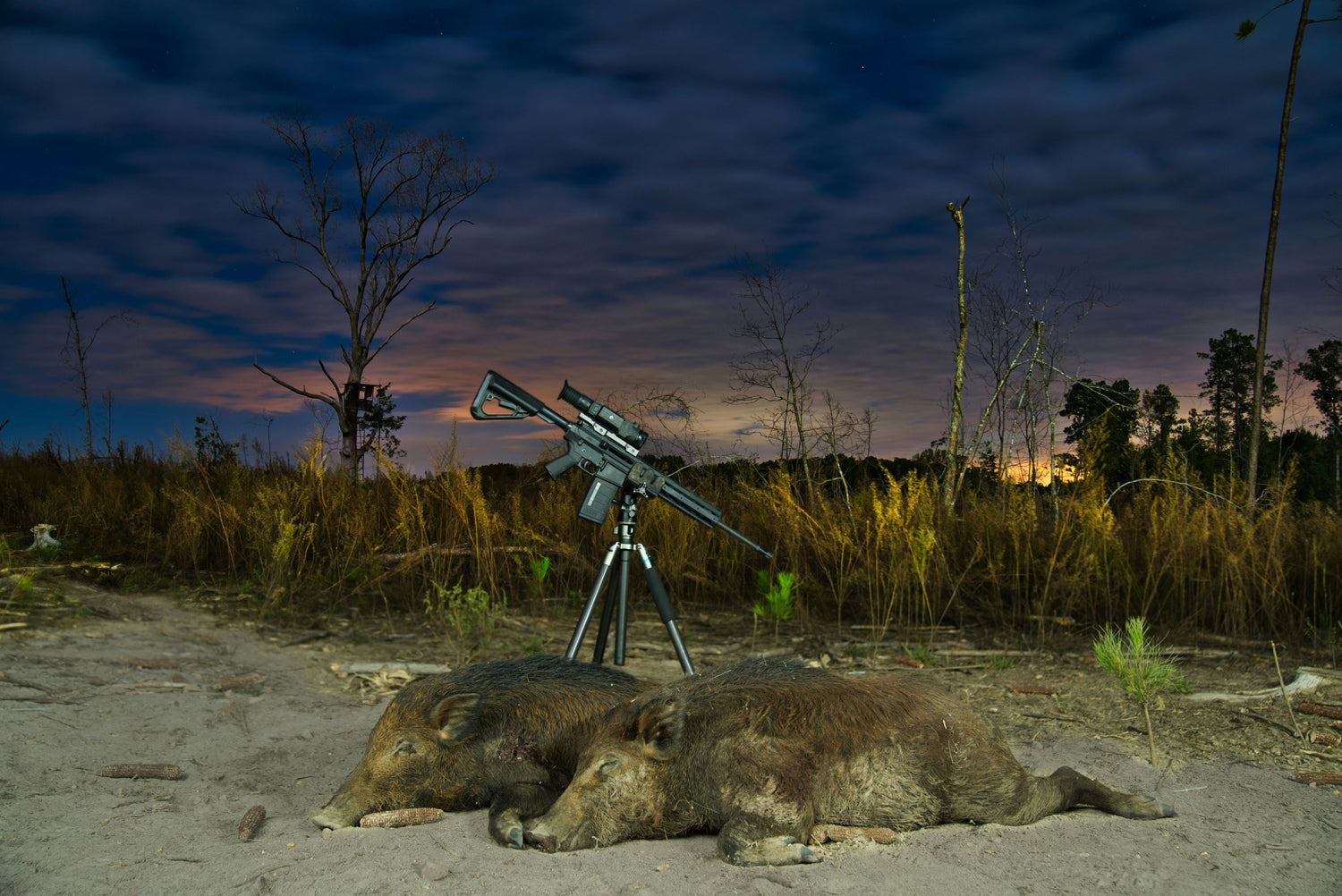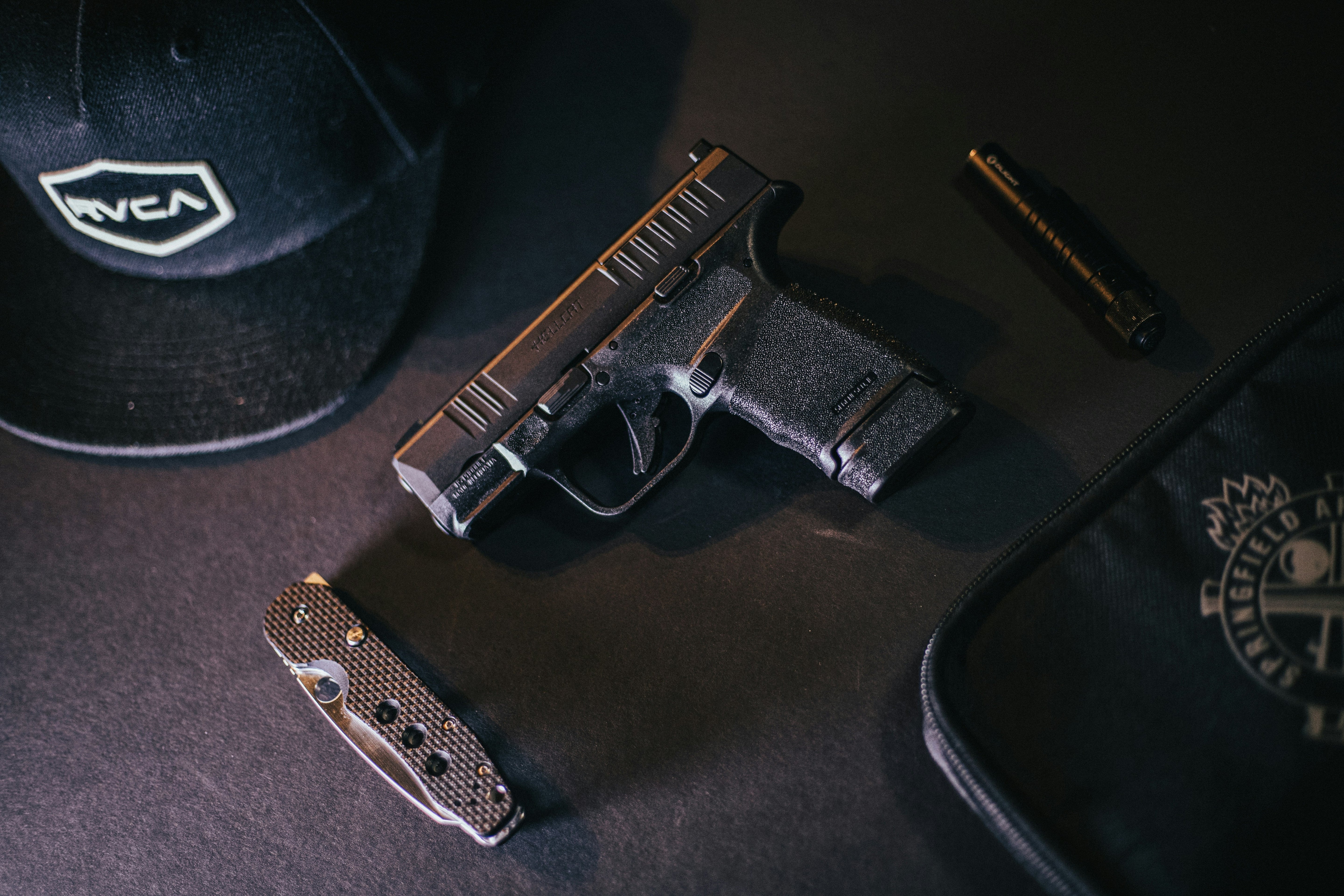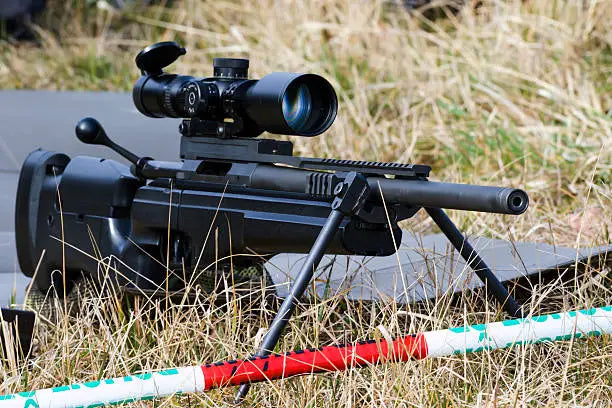Florida’s Wild Hog Crisis – Why Hunting Matters
Florida’s wild hog population – descendants of domestic pigs introduced by Spanish explorers in the 1500s – now exceeds 500,000 across all 67 counties. These ecological terrorists cause $1.5 billion in annual damages through:
Habitat Destruction: A single hog can root up 13 sq.ft of soil per hour, destroying native plants and accelerating erosion
Crop Devastation: Responsible for ruining 40,000+ acres of citrus groves and sugarcane fields yearly
Disease Spread: Carry 6 zoonotic pathogens including swine brucellosis and leptospirosis
The Florida Fish and Wildlife Conservation Commission (FWC) classifies wild hogs as "free-roaming animals not legally claimable as domestic livestock" – a designation enabling year-round hunting as critical population control.
Legal Framework – What Every Hunter Must Know
1. Licensing Simplified
- No Hunting License Required: For private lands (with owner permission) and most WMAs
- Public Land Essentials:
Management Area Permit: $26.50 annual fee (required for WMAs)
Quota Permits: Needed for 23 high-demand WMAs during peak seasons
2 Weapon Regulations
FWC allows:
✔️ Firearms (rifles/shotguns/pistols)
✔️ Crossbows & traditional bows
✔️ Air guns (including airbows)
✔️ Dogs with GPS tracking collars
Note: Night hunting with guns/lights requires landowner authorization
3 Bag Limits & Ethics
- No size restrictions: Harvest males/females equally
- Trap-to-Table Rules:
Live traps must be checked every 24hrs
Transport permits required from FDACS
Never release hogs on public lands
Prime Hunting Seasons & Hotspots
1 Seasonal Strategies
- Spring/Summer (Apr-Aug):
- Target wetland edges at dawn/dusk
- WMAs with no quota permits: Big Bend, Okaloacoochee Slough
- Fall/Winter (Sep-Mar):
- Focus on oak hammocks with acorn mast
- Top WMAs: Green Swamp, Triple N Ranch
Year-Round Zones:
- Kissimmee Chain of Lakes Area
- Rolling Meadows Unit
WMAs Offering Spring/Summer Wild Hog Hunting
2 Hog Behavior Patterns
- Movement: Solitary boars vs. sounders (5-15 hogs)
- Feeding Signs:
- Rooted soil patches (resembling plowed fields)
- Wallows near water sources
- Tracking Tips:
- Follow crescent-shaped hoof prints (2.5-3.5" long)
- Look for hair on barbed wire fences
Pro Hunting Tactics
1 Gear Recommendations
- Optics: Thermal scopes > night vision (legal on private lands)
- Calibers: .308 Win for open areas / .450 Bushmaster for brush
- Essential Kit:
- Hog hunting knife (4-6" blade)
- Game cart (150+ lb hogs are backbreakers)
- Snake-proof boots (essential in summer)
2 Dog Handling Protocols
- Collar Requirements:
- Visible ID tags with owner’s contact info
- GPS trackers (Garmin Alpha 300 recommended)
- Training Tips:
- Use experienced bay dogs (Catahoulas/Black Mouth Curs)
- Shock collars ONLY for behavior correction
3 Shot Placement Guide
- Broadside Shots: Aim behind ear (brain) or heart/lung zone
- Quartering-Away: Target opposite front shoulder
- Avoid: Gut shots (risk meat contamination)

Northwest Region - Aucilla, Blackwater Hutton Unit, portions of Blackwater, Apalachicola Bradwell Unit, Choctawhatchee River, portions of Joe Budd, Apalachicola River, Box – R, Escambia River, Lafayette Creek, and Tate’s Hell PSGHA
North Central Region - Andrews, Flying Eagle, Big Bend Hickory Mound Unit, Big Bend Snipe Island Unit, Big Bend Tide Swamp Unit, Goethe, Mallory Swamp, Steinhatchee Springs and Devil's Hammock
Northeast Region - William Beardall Tosohatchee is the best hog area where hunters get to use dogs. In terms of sheer numbers of hogs taken, Three Lakes typically is tops, followed by Tosohatchee, Triple N Ranch, Guana River, Bull Creek, Three Lakes Prairie Lakes Unit and Fort Drum.
Southwest Region - Green Swamp has the largest harvest each year, followed by Green Swamp West, Babcock/Webb, Chassahowitzka and Myakka State Forest.
South Region - Dinner Island Ranch, J.W. Corbett, Dupuis, Fisheating Creek, Okaloacoochee Slough, Allapattah Flats and Hungryland







